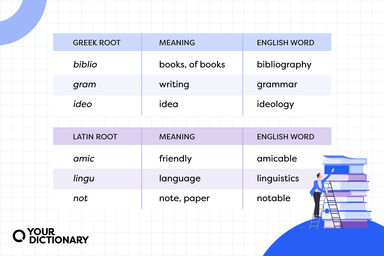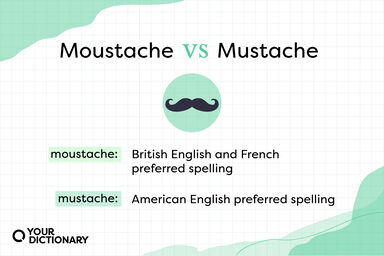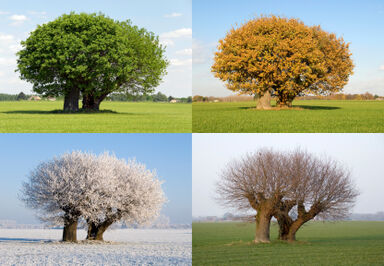For when the older morphologists spoke of a stamen as a metamorphosed leaf, it was implied that it originated as a foliage-leaf and subsequently became a stamen.
Metamorphosis.It has already been pointed out that each kind of member of the body may present a variety of forms. For example, a stem may be a tree-trunk, or a twining stem, or a tendril, or a thorn, or a creeping rhizome, or a tuber; a leaf may be a green foliage-leaf, or a scale protecting a bud, or a tendril, or a pitcher, or a floral leaf, either sepal, petal, stamen or carpel (sporophyll); a root may be a fibrous root, or a swollen tap-root like that of the beet or the turnip. All these various forms are organs discharging some special function, and are examples of what Wolff called modification, and Goethe metamorphosis.
It was formerly assumed, and the view is still held, that the foliage-leaf was the primitive form from which all others were derived, mainly on the ground that, in ontogeny, the foliage-leaf generally precedes the sporophyll.
However, it may still be useful in describing monstrosities, and perhaps also those cases in which an organ serves first one purpose and then another, as when a leafy shoot eventually becomes a thorn, or the base of a foliage-leaf becomes a bud-scale.
The typical foliage leaf consists of several layers, and amongst vascular plants is distinguishable into an outer layer (epidermis) and a central tissue (parenchyma) with fibro-vascular bundles distributed through it.





